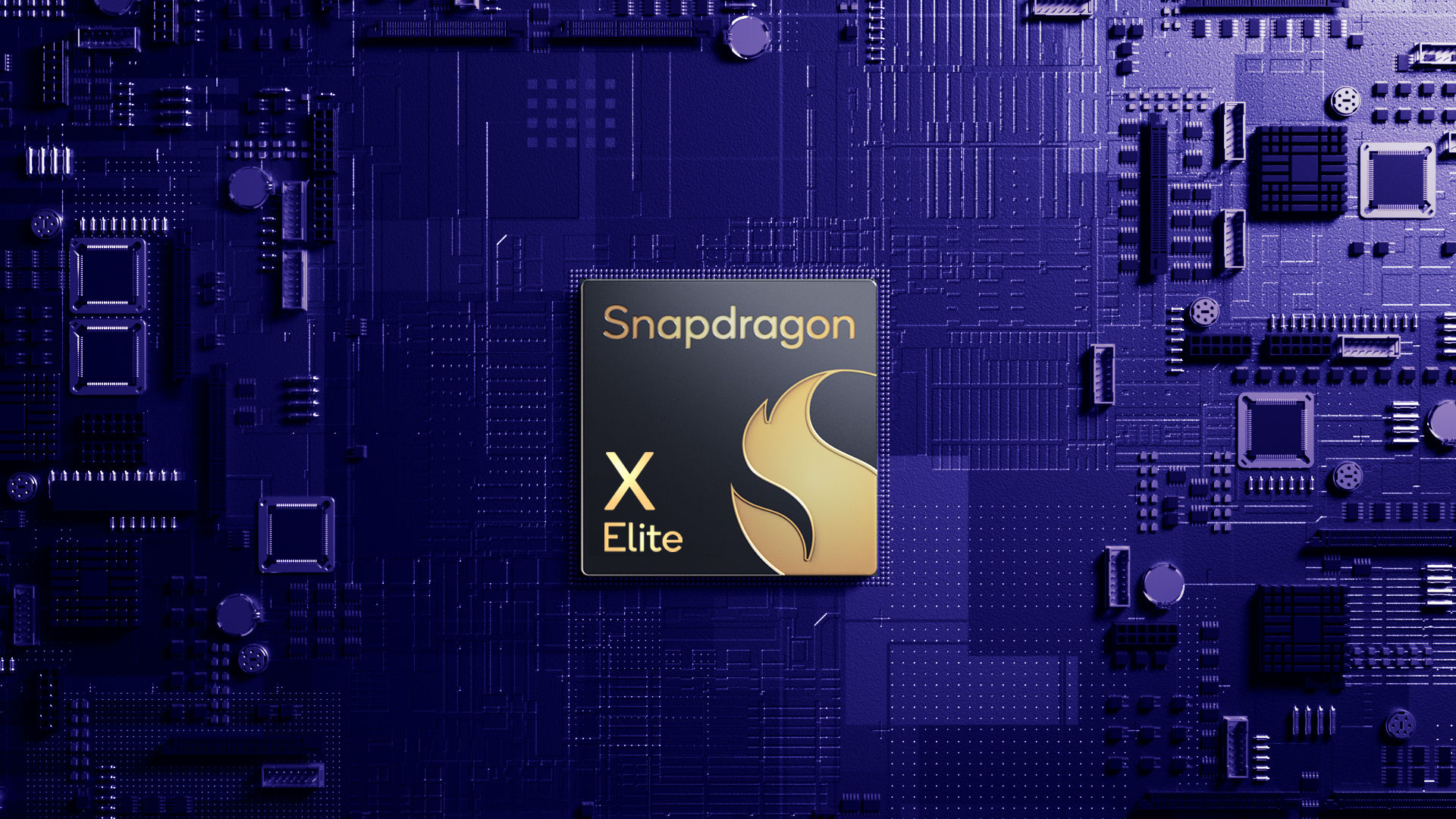In the ever-evolving world of computer processors, Qualcomm has thrown its hat into the ring with the Snapdragon X Elite. This new chipset aims to challenge the dominance of x86 processors and even take on Apple’s formidable M-series. But does it have what it takes to revolutionize the PC market? Let’s dive into the nitty-gritty and find out if this chip is all it’s cracked up to be, or if it’s just another flash in the silicon pan.
The Beast Awakens: CPU Performance
First things first, let’s talk about raw power. The Snapdragon X Elite, specifically the X1E-78-100 SKU, packs a serious punch with its 12 Oryon cores. In Geekbench 6 tests, it flexed its muscles with a single-core score of 2,441 and a multi-core score of 14,050 while plugged in. Even on battery power, it barely broke a sweat, scoring 2,406 and 14,044 respectively. That’s some impressive consistency, folks!
Power Consumption and Temperature
During the Cinebench 2024 test, this chip hit a scorching 95 degrees Celsius and gulped down a whopping 88.7 watts at peak power consumption. Talk about a power-hungry beast! It’s like watching a weightlifter chug protein shakes – impressive, but you can’t help wondering about the long-term effects.
GPU: The Adreno X1’s Mixed Bag
Now, onto the graphics performance. The integrated Adreno X1 GPU is like that friend who’s great at some things but struggles in others. In Geekbench 6 GPU tests, it scored a respectable 20,543 on OpenCL and 23,635 on Vulkan while plugged in. Not bad, right?
Comparing with Competitors
But here’s the kicker – even Apple’s M2 GPU, with just 8 cores, outperforms it in OpenCL tests. It’s like bringing a knife to a gunfight when you’re up against the likes of Intel, AMD, and Apple in the graphics department. The Adreno X1 can handle light gaming, sure, but it’s not going to win any GPU beauty contests anytime soon.
AI Capabilities: A Work in Progress
In the AI arena, the Snapdragon X Elite is like a promising rookie – lots of potential, but still finding its footing. Geekbench ML tests showed scores of 2,350 using the GPU and 2,885 using the CPU. Compared to Apple’s M3, which scores over 4,000 on CPU and around 7,800 on GPU for AI tasks, our Snapdragon friend has some catching up to do.
On-Device Inferencing
However, all is not lost! In practical AI applications, the X Elite showed impressive on-device inferencing capabilities, generating responses at 24 tokens per second with a 3 billion parameter model. That’s nothing to sneeze at, especially considering this is just the beginning.
The Power Conundrum
Here’s where things get a bit… awkward. The Snapdragon X Elite draws significantly more power than we’d expect from an ARM processor. It’s like watching a marathon runner chug energy drinks – sure, they’re going fast, but at what cost?
Battery Life and Active Cooling
This high power consumption means that while Snapdragon X Elite laptops will likely offer better battery life than their x86 counterparts, they still need active cooling. So much for the dream of a completely fanless, ultra-efficient ARM PC, right?
The Verdict: A Promising Start, But Room for Improvement
The Snapdragon X Elite is undoubtedly a powerful chip, marking Qualcomm’s serious entry into the PC market. Its CPU performance is impressive, and its AI capabilities show promise. However, the high power consumption and underwhelming GPU performance leave room for improvement.
Key Areas for Improvement
For Qualcomm to truly compete with the likes of Apple’s M-series and win over long-time Windows users, they’ll need to focus on:
1. Improving power efficiency
2. Enhancing GPU performance
3. Expanding framework support for the NPU
4. Streamlining driver support and gaming compatibility
In conclusion, the Snapdragon X Elite is like a rookie superstar – full of potential, but still rough around the edges.
